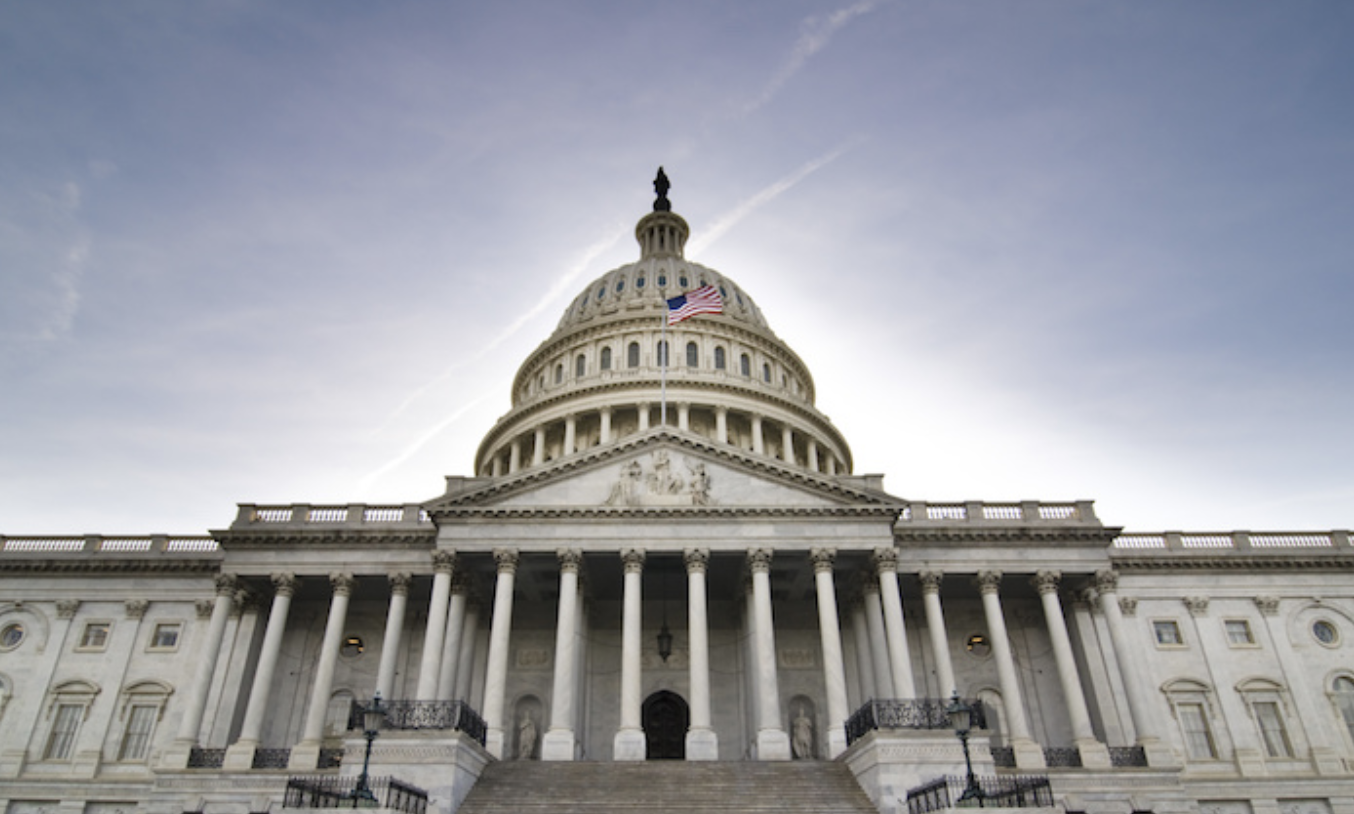Watch the hearing (Michael Greenstone’s testimony starts at 24:00):
Testimony by Michael Greenstone
Thank you Chairwoman Maloney, Ranking Member Comer, and members of the Committee for inviting me to speak today.
My name is Michael Greenstone, and I am the Milton Friedman Distinguished Service Professor in Economics and Director of the Becker Friedman Institute and Energy Policy Institute at the University of Chicago. I also serve as co-director of the Climate Impact Lab, a multi-disciplinary collaboration of researchers working to quantify the long-term impacts of climate change. My own research focuses on estimating the costs and benefits of environmental quality, with a particular emphasis on the impacts of government regulations.
I appreciate the opportunity to speak with you today about the temperature impacts from climate change on public health and the economy.
This summer, the world is experiencing record hot temperatures: June continued a 2020 streak, ranking among the warmest months in history. A weather station in Death Valley, California, clocked a scorching 53°C (128°F) in July, one of the hottest temperatures ever observed on Earth. Officials from Delhi to Tokyo to Baghdad, cities where past heat waves have claimed hundreds of lives, are bracing for dangerously hot periods. And yet, this is nothing new. Year after year more heat records are broken all over the world.
Temperature’s toll on public health, particularly the toll from extreme heat, is likely to be one of the dominant costs of climate change. And, because today’s emissions will stay in the atmosphere for hundreds of years, knowing the damages they will cause will be essential to taking the action we need to prepare for future risks. So, what impact will temperature have on public health, and how much will it cost? My new paper, “Valuing the Global Mortality Consequences of Climate Change Accounting for Adaptation Costs and Benefits” that was published by the National Bureau of Economic Research this week, addresses these critical questions.
There are several results, but I want to emphasize two headlines up front. First, with continued high emissions of greenhouse gases, climate-induced changes in temperature will increase the global mortality risk by 85 deaths per 100,000 population. This increase in mortality is comparable to that of all infectious diseases combined—outside of Covid-19—and almost as large as the current fatality rate from cancers.
Second, these results mean that the economic costs of climate-induced health risks are at least an order of magnitude larger than has previously been understood.
In the remainder of my statement, I will make the following points:
- To measure the impact of climate-driven temperature changes on mortality risk, my colleagues and I compiled the largest sub-national vital statistics database in the world, detailing 399 million deaths across 41 countries accounting for 55% of the global population. We divided the world into more than 24,000 regions that are each about the size of a U.S. county.
- We discovered that continuing a high emissions trajectory increases average global temperatures by around 4.8°C (8.6°F) relative to pre-industrial temperatures, raising global mortality risk by 85 deaths per 100,000 people by 2100. The mortality consequences will be largest in places that today are hot and/or poor.
- In the United States, the mortality risk will be 10 deaths per 100,000, about on par with the current fatality rate from auto accidents in the United States. Many areas will experience mortality risks that are significantly higher. That includes areas represented by members of this committee, which I will detail.
- Policy has the potential to deliver some of the most significant public health gains in human history. Bringing global emissions down to moderate levels—not even as low as the Paris Agreement’s long-term targets—would reduce expected warming by around 2.2°C (4.0°F) at the end of the century and the attendant mortality risk by 84% compared to the high emissions pathway. Under this moderate emissions scenario, climate-induced temperature changes are projected to be responsible for 14 additional deaths per 100,000 globally at the end of the century. In the United States, that risk would be 1.3 deaths per 100,000, eliminating almost all of the mortality risk.
- We estimate that the release of an additional metric ton of CO2 will cause about $37 worth of mortality damages. This finding suggests that both the Trump and Obama Administrations have underestimated the full social cost of carbon, in the former case dramatically so. Further, it underscores there is an urgent need to follow the National Academy of Science’s 2017 recommendations and update the social cost of carbon so that it is on the frontier of scientific and economic understanding and can serve as a more accurate guidepost for climate policy
Read the full testimony here.



